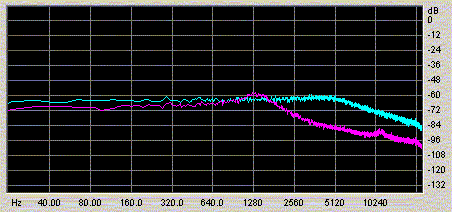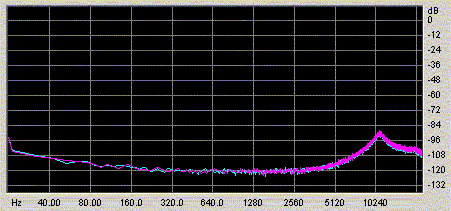Roam
Banned - aka aerius
- Joined
- Mar 1, 2007
- Posts
- 476
- Likes
- 21
Quote:
Claude Shannon's theorem is as follows:
If a function s(x) has a Fourier transform F[s(x)] = S(f) = 0 for |f| > W, then it is completely determined by giving the value of the function at a series of points spaced 1/(2W) apart. The values sn = s(n/(2W)) are called the samples of s(x)
Meaning a signal which consists of sine waves with a maximum frequency of W is completely described by recording its values twice as fast as W. So far, so good.
However, there's a slight problem, that being the interpolation required to get back to the original sine wave or signal. Shannon provides a formula for that as well:

What's the problem you ask? Notice that it's an infinite sum. What does this mean? Unless one has an infinite number of samples, it will be impossible to exactly reconstruct the original signal. Whoops.
| Originally Posted by hciman77 /img/forum/go_quote.gif The Nyquist-Shannon theorem dictates that it must do this perfectly with a sampling frequency of 2f i.e for 22.05khz you need 441khz sampling. After the analog wave is reconstructed then it can be fouled up any way you choose 
|
Claude Shannon's theorem is as follows:
If a function s(x) has a Fourier transform F[s(x)] = S(f) = 0 for |f| > W, then it is completely determined by giving the value of the function at a series of points spaced 1/(2W) apart. The values sn = s(n/(2W)) are called the samples of s(x)
Meaning a signal which consists of sine waves with a maximum frequency of W is completely described by recording its values twice as fast as W. So far, so good.
However, there's a slight problem, that being the interpolation required to get back to the original sine wave or signal. Shannon provides a formula for that as well:

What's the problem you ask? Notice that it's an infinite sum. What does this mean? Unless one has an infinite number of samples, it will be impossible to exactly reconstruct the original signal. Whoops.






